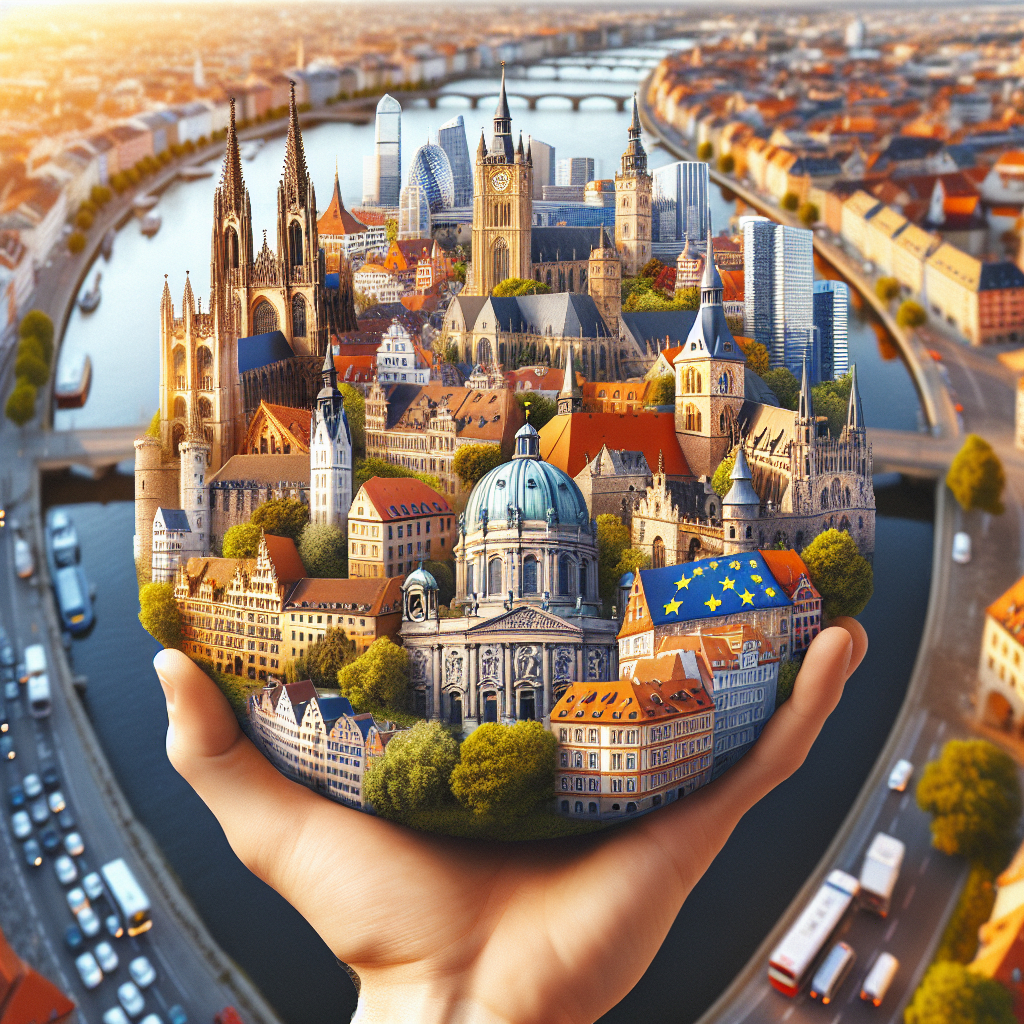Cities in Europe - All you need to know about Europe’s cities in a profile.

The largest cities in Europe: Where life never stands still.
In the large metropolises of Europe, life pulsates – they are economic and cultural centers, have a rich history, and offer countless opportunities for tourists and locals alike. Each city has its own unique flair: Istanbul connects Europe and Asia – you can shop in the Grand Bazaar in the morning and enjoy the sunset over the Bosphorus in the evening. When we think of Paris, we think of romance, fashion, and art. London, on the other hand, offers a mix of historic landmarks and modern city life. From the Crown Jewels in the Tower to the skyscrapers of the City – there is always something to discover here.
These cities have the most inhabitants
| City | Country | Population (approx.) | Highlights |
|---|---|---|---|
| Istanbul | Turkey | 15.5 million |
|
| Moscow | Russia | 12.6 million |
|
| London | United Kingdom | 9.5 million |
|
| Paris | France | 11 million (metropolitan area) |
|
| Madrid | Spain | 3.3 million |
|
| Rome | Italy | 2.8 million |
|
Which are the most popular cities in Europe?
UNESCO World Heritage Cities where history comes alive
In Europe, there are numerous cities that are wholly or partially designated as UNESCO World Heritage sites. They are particularly well-preserved, historically significant, or architecturally unique.
Some European cities are so unique and historically rich that they are protected as UNESCO World Heritage sites. Bruges in Belgium is considered one of the most beautiful medieval cities in the world. Cobblestone streets, romantic canals, and well-preserved buildings from the 13th century allow visitors to immerse themselves in another time. Toledo in Spain, often referred to as the "City of Three Cultures," impresses with a blend of Christian, Jewish, and Islamic architecture.
The Croatian coastal city of Dubrovnik is also on the UNESCO list. Its massive city walls, directly by the blue sea, are world-famous and have served as a backdrop for numerous films and series. Salzburg in Austria delights as the birthplace of Mozart, showcasing baroque architecture, while further north, Tallinn in Estonia is known as one of the best-preserved medieval cities in Europe.
And that’s not all!
These cities are part of the UNESCO World Heritage
| City | Country | World Heritage Site |
|---|---|---|
| Bruges | Belgium | Medieval Old Town |
| Toledo | Spain | Historic city with Jewish, Christian, and Muslim influences |
| Dubrovnik | Croatia | Complete Old Town, also known as the "Pearl of the Adriatic" |
| Salzburg | Austria | Baroque city, birthplace of Mozart |
| Tallinn | Estonia | One of the best-preserved medieval cities in Europe |
| Kraków | Poland | Historic center with Wawel Castle and Jewish Quarter |
| Valletta | Malta | Fortified city with impressive palaces and churches |
The smallest towns in Europe: Small, but with a great history
Sometimes it is the small places that exert a particularly great fascination. Europe has some tiny towns that still tell an exciting story or are located in a unique setting.
The officially smallest town in the world is Hum in Croatia, with just 30 inhabitants. Despite its size, it has a well-preserved city wall, a church, and even its own administration. In Belgium, there is Durbuy, a town with about 400 residents, known for its medieval architecture and picturesque surroundings in the Ardennes.
Spain can also boast a spectacular small town: Castellfollit de la Roca, a town with only around 1,000 inhabitants, perched on a narrow basalt cliff and offering one of the most impressive views in the country.
These towns are among the smallest in Europe
| Town | Country | Population (approx.) | Special Feature |
|---|---|---|---|
| Hum | Croatia | 30 | Smallest town in the world |
| Durbuy | Belgium | 400 | Medieval old town, nature paradise |
| Castellfollit de la Roca | Spain | 1,000 | Built on a narrow rock cliff |
| Fira (Santorini) | Greece | 2,000 | White houses, view of the Aegean Sea |
| Lauterbrunnen | Switzerland | 2,500 | In an alpine valley with 72 waterfalls |


